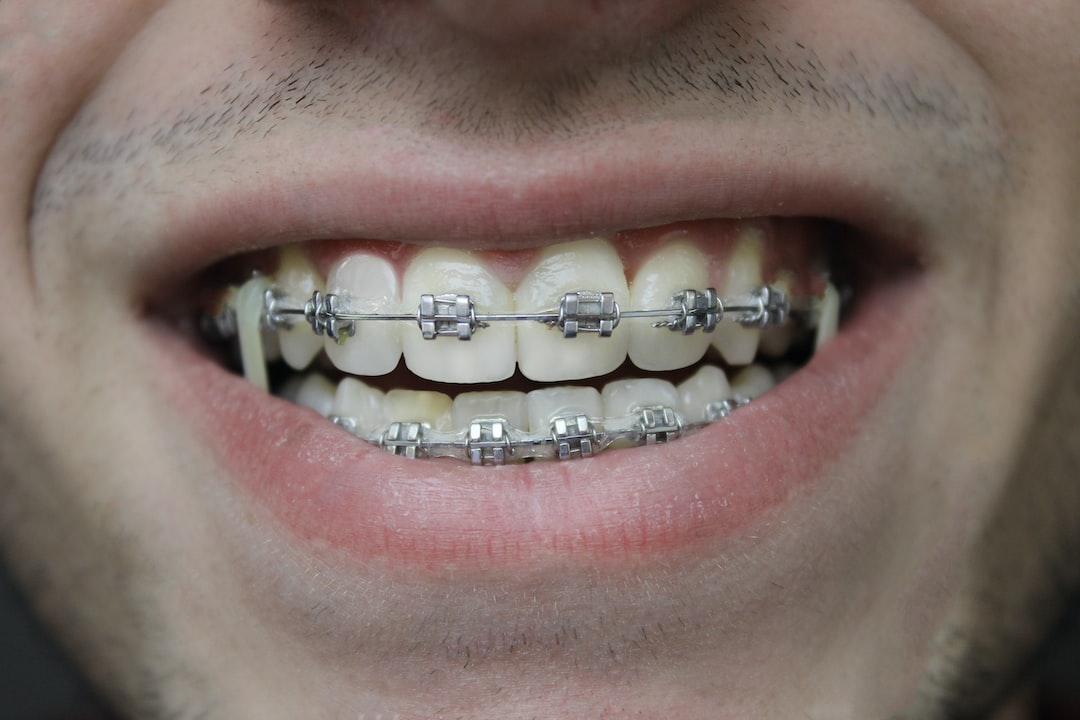How Cumming Orthodontics Can Change Your Smile with Invisalign and Braces
Comprehensive Guide to Orthodontics Procedures for Remedying Dental Imbalances
Comprehending the complexities of each treatment, including their systems, benefits, and potential drawbacks, is important in making notified decisions about one's orthodontic treatment. As we navigate via the comprehensive overview to orthodontic treatments for fixing dental misalignments, the detailed information of each technique will unravel, dropping light on the path towards a useful and harmonious dental placement.
Orthodontic Procedures Introduction

Along with traditional braces and clear aligners, orthodontists may additionally recommend other treatments like headgear, palatal expanders, or retainers to attend to specific positioning concerns (cumming invisalign). These procedures are customized per patient's special demands and may include a mix of treatments to accomplish the wanted results. Regular modifications and surveillance are essential components of orthodontic therapy to ensure development gets on track and to make any kind of necessary adjustments in the process. By undergoing orthodontic procedures, individuals can not just achieve a straighter smile however additionally improve their overall oral health and wellness and feature.
Standard Braces: Exactly How They Function
When considering orthodontic treatments for oral imbalances, typical dental braces attract attention as a time-tested approach for dealing with teeth positioning. Typical braces contain braces, wires, and bands that function together to apply continual pressure on the teeth, gradually relocating them into the preferred alignment. The brackets are connected to the teeth utilizing an unique adhesive, and the wires are threaded with the brackets. By changing the stress of the cables, orthodontists can regulate the direction and pressure put on each tooth, assisting them into correct alignment with time.
As stress is used to the teeth via the dental braces, the bone bordering the teeth is improved to sustain the new tooth settings. Individuals will certainly require routine changes at the orthodontist's workplace to make certain the dental braces proceed to use the appropriate pressure for efficient teeth activity.
Invisible Aligners: Pros and Disadvantages
These clear, custom-made trays are practically undetectable when put on, making them an enticing choice for people looking for a much more visually pleasing orthodontic therapy. Individuals can remove the aligners before consuming or brushing their teeth, minimizing the threat of food getting stuck in the appliance and streamlining the cleaning procedure.

Surgical Orthodontic Options
Surgical interventions in orthodontics present viable alternatives for attending to intricate oral misalignments that may not be successfully dealt with through traditional orthodontic treatments. While traditional dental braces and undetectable aligners can correct lots of orthodontic problems, particular situations need medical treatment to achieve ideal results. Surgical orthodontic alternatives are commonly recommended for severe malocclusions, considerable jaw discrepancies, and instances where the underlying bone structure needs modification to attain proper positioning.
One typical surgical orthodontic treatment is orthognathic surgical treatment, which entails repositioning the jaws to deal with practical problems such as trouble speaking or eating. This surgical treatment is typically performed in collaboration with an orthodontist that assists align the teeth prior to and after the procedure. Surgical orthodontics may additionally involve procedures to expose affected teeth, get rid of excess periodontal cells, or improve the jawbone to create a more unified facial account.
Prior to thinking about medical orthodontic alternatives, patients undertake a thorough analysis to figure out the requirement and possible advantages of such treatments. aligners. While surgical procedure may seem complicated, it can substantially enhance both home the feature and looks of the smile in cases where conventional orthodontic therapies drop short
Retainers and Post-Treatment Treatment

Post-treatment care entails following the orthodontist's guidelines diligently. This might include appropriate oral hygiene methods, going to follow-up consultations, and wearing the retainers as recommended. Failing to adhere to post-treatment care instructions can cause regression, where the teeth slowly move back in the direction of their original positions. Constant retainer wear, excellent oral hygiene, and regular oral check-ups are important for maintaining the outcomes attained with orthodontic surgical procedure and ensuring the long-term security of the remedied dental positioning.
Verdict
In verdict, orthodontic procedures use various choices for correcting oral see this here imbalances. Surgical orthodontic choices are readily available for much more extreme misalignments. Generally, orthodontic treatments can efficiently boost dental wellness and aesthetic appearance.
As we browse via the comprehensive overview to orthodontic treatments for correcting dental imbalances, the detailed details of each technique will unfold, losing light on the path toward a unified and useful oral placement. - orthodontist
One of the mini dental implants most typical orthodontic therapies is the usage of dental braces, which consist of metal braces and wires that apply mild stress to gradually shift teeth into the preferred setting.When thinking about orthodontic therapies for oral imbalances, traditional braces stand out as a tried and true method for remedying teeth placing. Furthermore, undetectable aligners might not be ideal for complex orthodontic issues that require more considerable teeth activity, as they are generally recommended for mild to moderate cases. Retainers are customized orthodontic gadgets created to hold teeth in their remedied placements after the completion of orthodontic treatment.